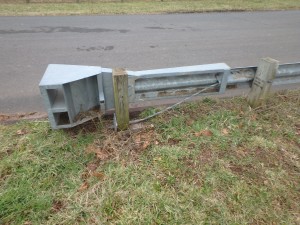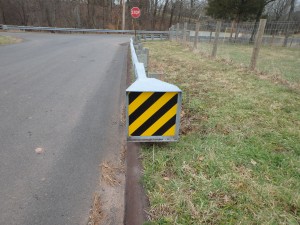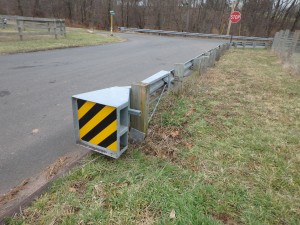Back in October, Trinity Industries was found guilty of fraud by a Federal jury for making design changes to its guardrails without informing the Federal Highway Administration (FHWA). The purpose of a guardrail is to absorb shock upon impact, slowing a vehicle down and mitigating damage by pushing rail metal away from the vehicle as the structure collapses. When Trinity made some cost-cutting changes to their design back in 2005, the result was guardrails that can lock upon impact rather than collapse when hit from the front. This can cause the guardrail to puncture the vehicle and enter the interior of the vehicle like a spear, killing or injuring the passengers within. The $525 million verdict against Trinity was followed by the FHWA’s recommendation that Trinity, who has maintained vehemently that their revision does not have this deadly flaw, conduct new tests on the guardrails.
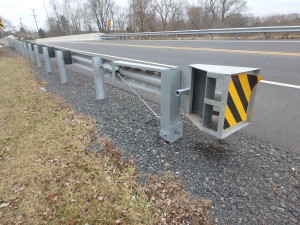
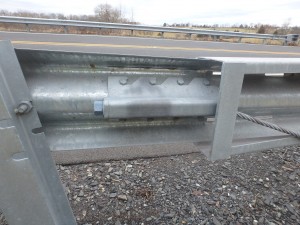
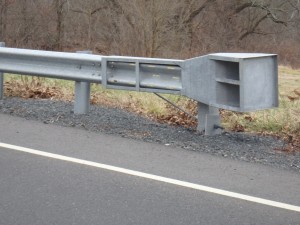
Federal officials at the FHWA have allowed Trinity to select and plan the tests and are holding them to the safety standards that were in place when the modified guardrail was released nearly a decade ago, rather than the updated testing guidelines that were adopted in 2011. This has not gone over well with government officials at the state level, many of whom have vocally criticized the decision to not require that Trinity use the updated safety guidelines. The guardrail units being used in the tests come from the California Department of Transportation. They were purchased in June but had not yet been installed.
The first in a series of crash tests on these guardrails took place on December 10th at the Southwest Research Institute in San Antonio, Texas. The first test involved a pickup truck crashing into the 4-inch Trinity ET Plus guardrail at 62mph and a 15 degree angle. Nothing out of the ordinary was revealed by the test, which seems to have gone as expected.
Another test took place on Tuesday of this week, which involved a pickup truck slamming into the end of a guardrail head-on at approximately 62 mph. Again, the guardrail appeared to have performed as designed. An ABC News investigative producer, who was one of two reporters allowed to observe Tuesday’s test, noted that although she was not allowed to get a close examination, it did not appear that the guardrail penetrated the cabin of the vehicle upon impact.
The next test will be a replica of the first test—collision at a 15 degree angle—except this time done with a car rather than a pickup truck.
Both reporters and FHWA officials have said that the guardrails appear to be doing what they are supposed to do, but several more tests will need to take place before any decisions regarding the safety of the guardrails will be made. Official results from all of the tests will be released upon the completion of six more tests taking place over the next two months.
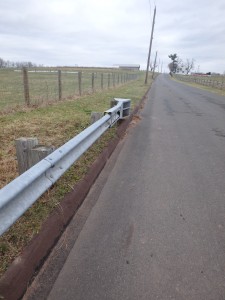
As of the start of these tests, more than 30 states had banned the ET-Plus guardrail system made by Trinity. Until the outcome of the tests is determined, Trinity has also suspended sales. However, it is estimated that as many as 200,000 of these guardrails have already been installed across the country.
Meanwhile, the state of Virginia is seeking “civil penalties and the recovery of costs” in a separate lawsuit against Trinity filed by VA Attorney General Mark Herring on the basis that Trinity knowingly sold the state improperly tested and dangerous guardrails. Should the tests reveal that any of the guardrails need to be replaced, Herring says, “We’re going to make sure that Trinity, not Virginia taxpayers, pay the bill.” Will other states follow? Time will tell.
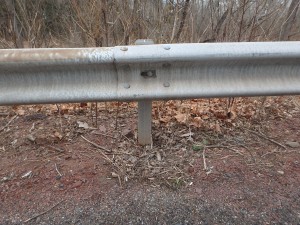
Note: The guardrails and guardrail end treatments pictured in this blog post are for illustrative purposes only. They are not necessarily products manufactured by Trinity Industries.



